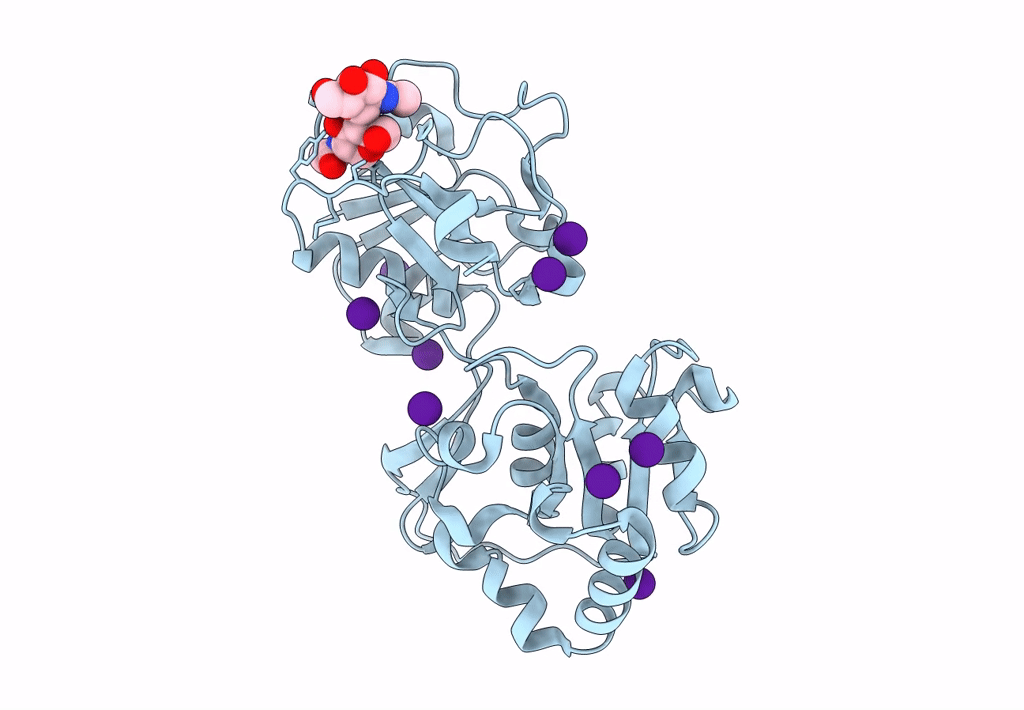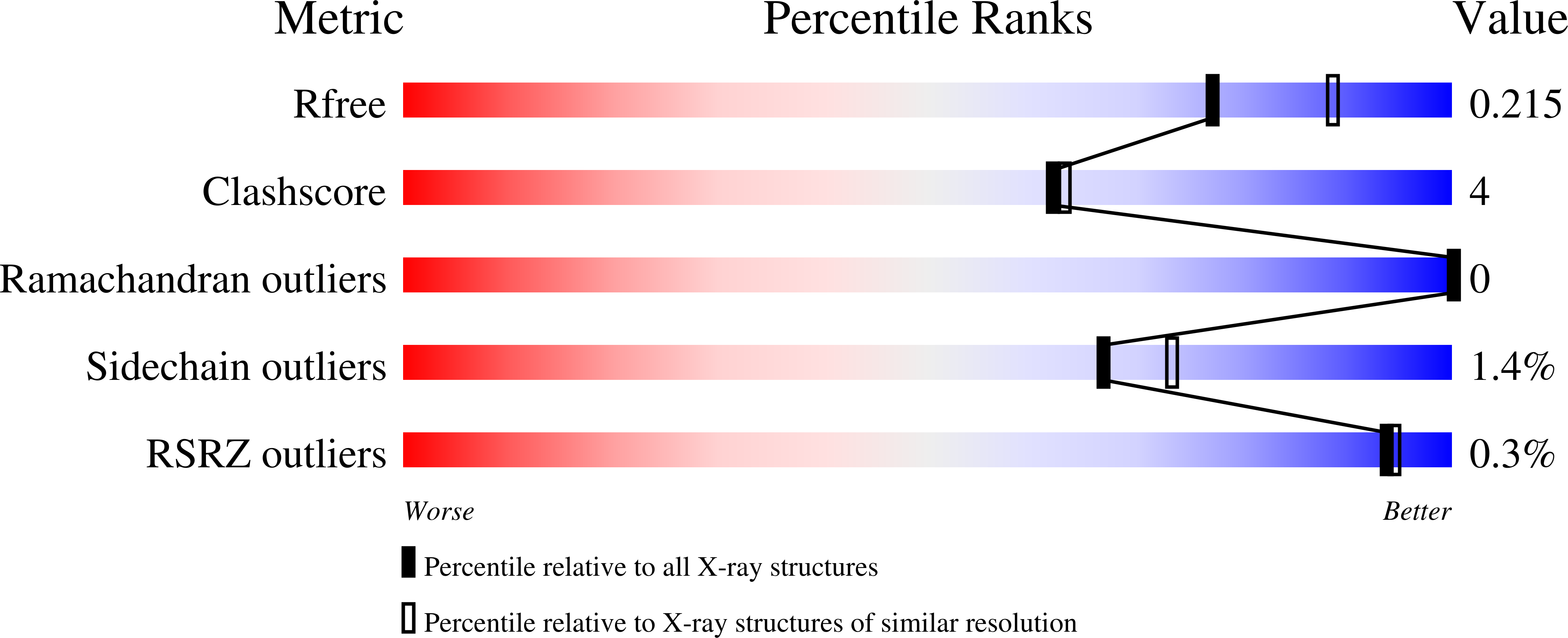
Deposition Date
2022-05-26
Release Date
2023-05-24
Last Version Date
2024-10-16
Entry Detail
PDB ID:
8D0O
Keywords:
Title:
Human alpha1,3-fucosyltransferase FUT9, heavy atom derivative
Biological Source:
Source Organism:
Homo sapiens (Taxon ID: 9606)
Host Organism:
Method Details:
Experimental Method:
Resolution:
2.10 Å
R-Value Free:
0.20
R-Value Work:
0.16
R-Value Observed:
0.16
Space Group:
I 21 3


